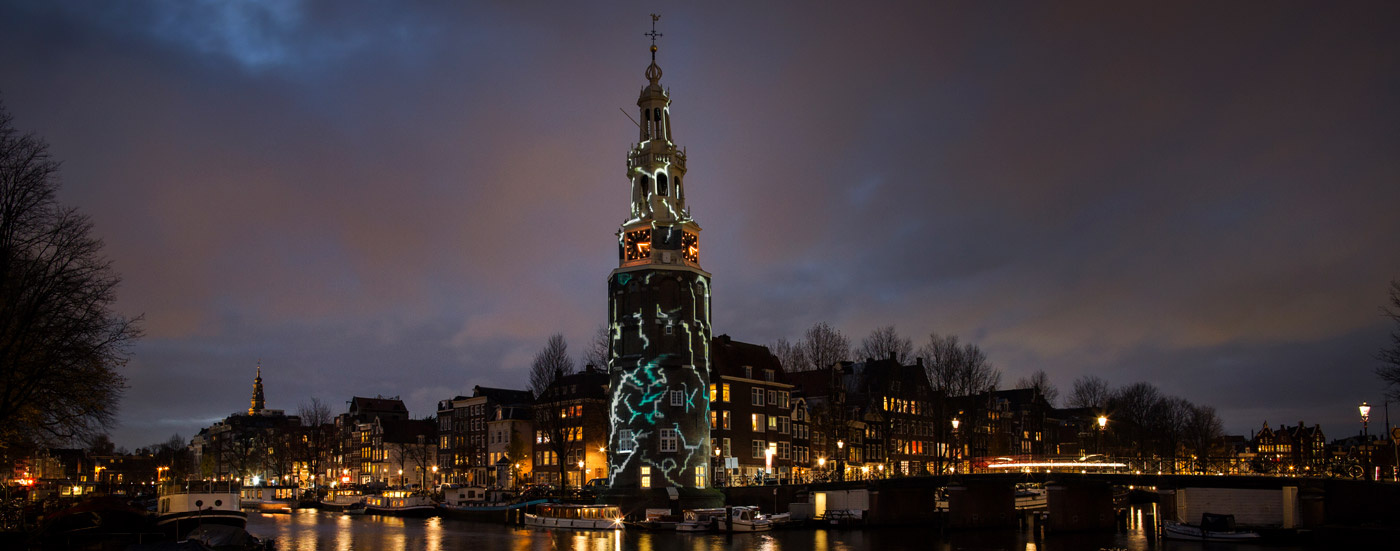“There is a crack, a crack in everything / That’s how the light gets in,” legendary Canadian singer and poet Leonard Cohen sang in his song Anthem (1992). Striving for perfection makes little sense, Cohen said, because life is simply about change and decay. Yet there is always hope, and we must embrace the imperfections in what we do and what we make; damage and defects define the character of a person or an object.
Even though our western civilisation mostly celebrates the ‘uncracked’ and perfect, Karolina Howorko noticed that embracing imperfection is a common theme in for instance kintsugi, the Japanese art of repairing broken ceramics with gold or silver lacquer. The ancient philosophy behind this practice is that cracks demonstrate an object’s history, act as a (warning) sign for acting forces and generate unique and beautiful patterns on an item – in the words of the poet, they let the light in.
Like Japanese artisans used to do, Howorko turns the cracks that can be seen on the the old Montelbaan tower (1516) into an artwork. Using slides, color filters and lamps, she creates illuminated cracks that are slowly taking over the surface, as if revealing pieces of a story that’s hidden within the tower. For Howorko, the artwork symbolises something much bigger: the large disruptive forces in modern society, which cause climate systems, institutions, assumptions and traditions to shake, crack and at times even fall apart. Visualising these disruptions can highlight the important transformations that they set in motion, as well as the new opportunities that arise with repairing or replacing, and perhaps it even shows us prospects for a new world.


